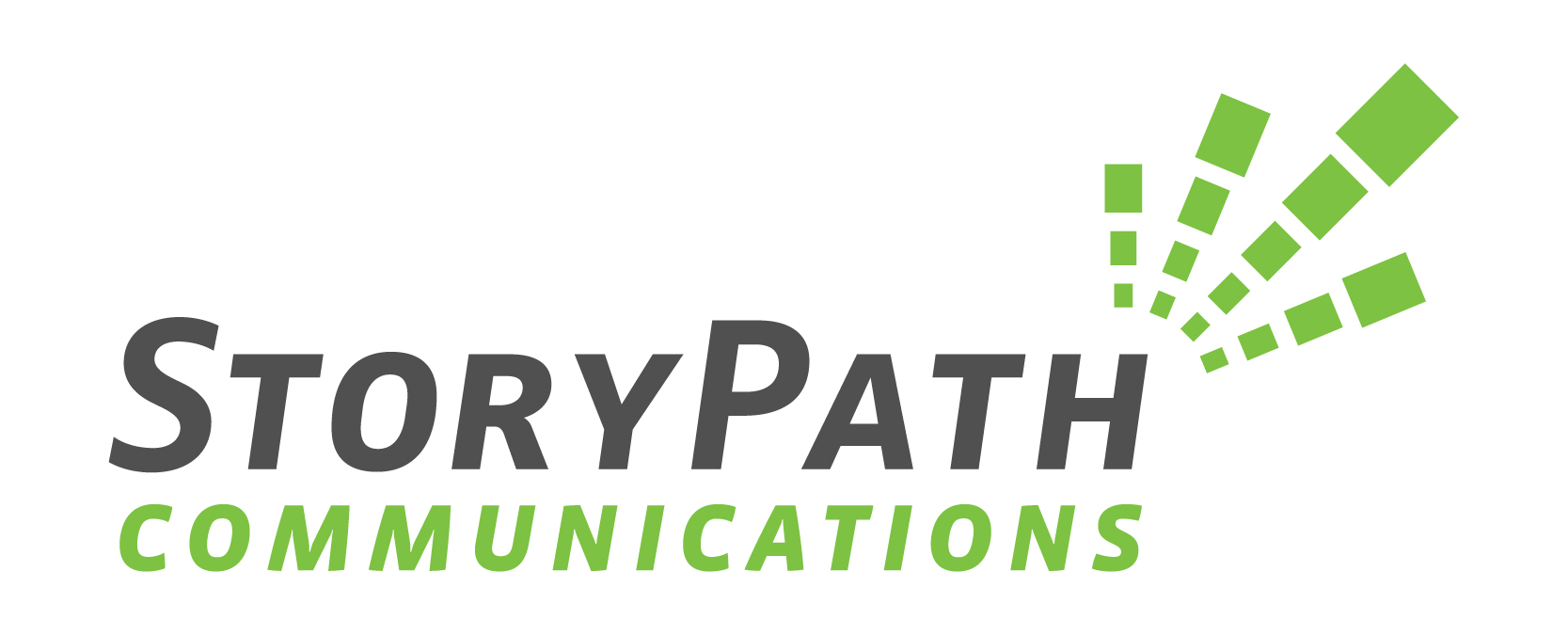When it comes to writing content for marketing purposes, you have two audiences to serve: your human audience reading the posts and the search engine bots scanning and evaluating your content. The reality of the situation is that when the search engine bots are happy, there’s a higher chance of people seeing your content when searching online. However, when those people get to your content, you want it to be readable for them as well.
Readability for business blogs means thinking about both audiences as you write.
Keep it simple
Search engines like simple text that clearly answers a question that people might be searching.
Your target audience also likely appreciates simple text, though you also need to consider their familiarity with your topic when writing. Don’t oversimplify things, or it may seem like you’re talking down to your audience. Balance is key!
Focus on one topic
The more you can focus a single blog on a single topic, the happier the search engine bots will be. They rank content based on how well it relates to a specific topic, so focus matters.
Your human audience will also appreciate focused content, as it’s easier to read. Plan to write a draft, then edit for clarity before posting.
Limit jargon in your content
Every industry has its share of jargon, but you want to avoid it as much as possible in your blog content. Spell out words and phrases instead of using acronyms, as you want any visitor to your site to be able to understand your content. This also keeps search engines happy because it’s easier for them to understand what your content is about and deliver it to the people who are looking for that content.
Check readability for business blogs
Microsoft Word includes the ability to check the Flesch Reading Ease and Flesch-Kincaid Grade Level of any document. The higher the number on Flesch Reading Ease, the easier it is to read. The Flesch-Kincaid Grade Level tells you the readability of a document aligned with a grade level.
In general, aim for your content to have a Flesch Reading Ease score of 60 or higher. If you check the score in Microsoft Word, the program will offer some helpful tips for how to improve the score and make your content more readable. Keep in mind, however, that complex topics or industries with complex terms can only simplify their writing to a certain point. That’s again where balance between your target audience and search engines comes into play.
When you approach blog content writing and readability for business blogs with these things in mind, it’s much easier to balance both audiences and create quality content. When you keep it simple, focus on one topic, limit jargon, and check readability, you’re going to create engaging content that your audience wants to read and search engines want to deliver.
If you need help creating a blog strategy or keeping up with consistent blog content, the StoryPath team is here to help! Get in touch with us today to discuss our blog content packages.

